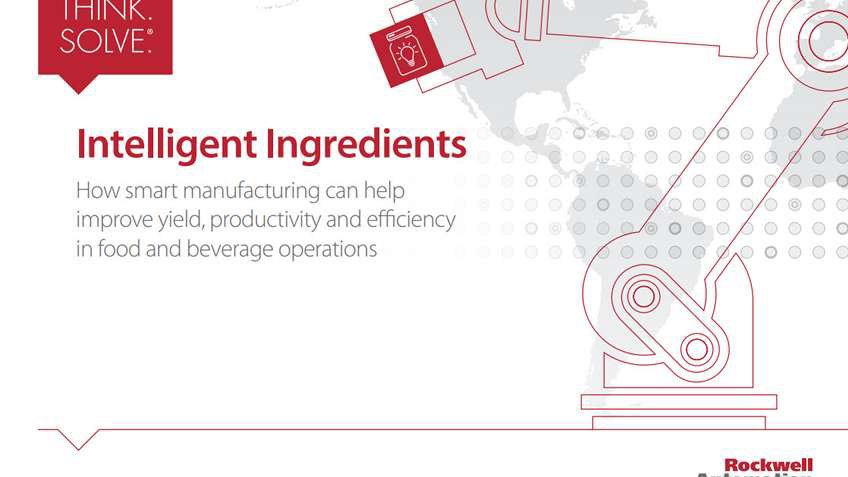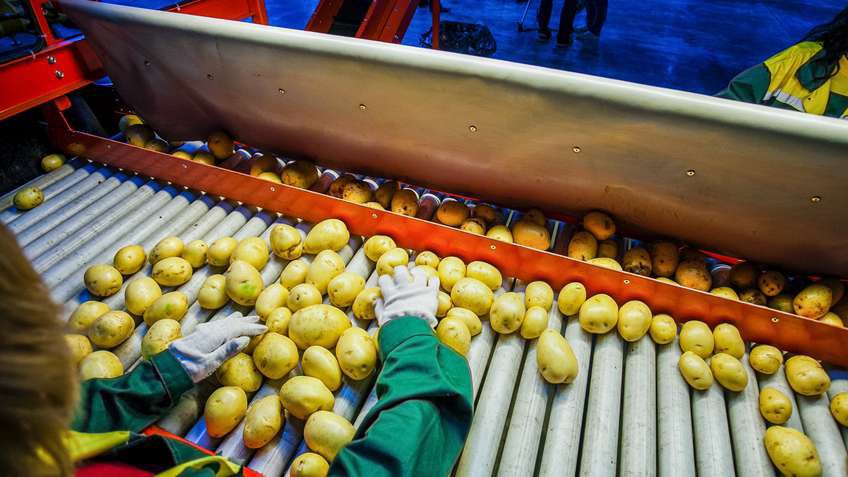Use Your Machine Data – Wisely
The great news is the data already exists. While new equipment can be designed “smart” to deliver data, there are ways to get data from older equipment too. It’s available through technology implemented over the past decades including sensors, components, PLCs, drives, historians, databases, HMIs, etc.
But here’s the reality. Most facilities are more than 20 years old, made up of individual cells or lines acquired over time. While under the same roof, the lack of connectivity between disparate islands of technology makes it nearly impossible to assess the overall productivity story. Instead of machine learning, operators rely on personal experience to make decisions, an increasingly dangerous formula as more and more workers retire.
Having the data isn’t enough, of course. Accessing it takes the right infrastructure, and using it to drive improvement takes advanced technology like predictive analytics. Of the companies accessing data, only 25 percent are using it for proactive purposes. This is equivalent to driving a car based on what you see in the rearview mirror.
Moving from where you are today to an integrated, data-driven operation will not happen overnight. Many companies have teams exploring Industry 4.0, smart manufacturing and other factory of the future concepts, looking for ways to apply technology for greater productivity.
Transform Your Infrastructure
Successful food and beverage producers are identifying use cases, conducting pilots, implementing technology on a single cell, process or line to prove out the ROI, and then determining how to scale across the operation and enterprise. And they’re seeing significant results.
For instance, Agropur Dairy Cooperative started with one of its milk processing plants, looking to create new access to disparate data, so facility operators could make informed decisions. With advanced technology, they not only eliminated 2,500 hours of manual data collection each year, but quickly saw a 30 percent reduction in lube consumption and a 25 percent efficiency gain.



